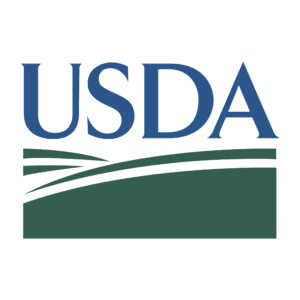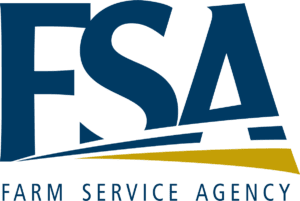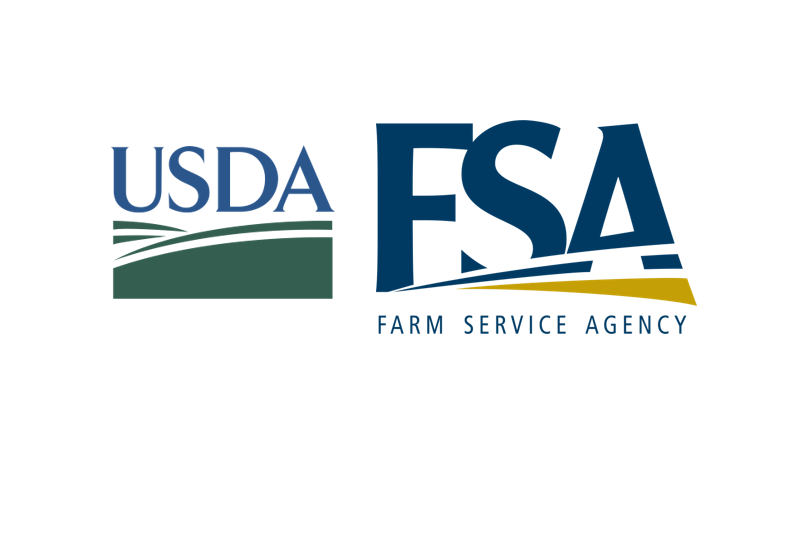Jun 15, 2023Changes made to USDA Emergency Relief Program policy
The U.S. Department of Agriculture is updating the Emergency Relief Program (ERP).
ERP’s Phase Two is being changed to provide a method for valuing losses and accessing program benefits to eligible producers of certain crops, including grapes grown and used by the same producer for wine production or forage that is grown, stored and fed to livestock, that do not generate revenue directly from the sale of the crop.
 The updates ensure that ERP benefits are more reflective of these producers’ actual crop losses resulting from 2020 and 2021 natural disaster events, according to a news release.
The updates ensure that ERP benefits are more reflective of these producers’ actual crop losses resulting from 2020 and 2021 natural disaster events, according to a news release.
USDA’s Farm Service Agency (FSA) will begin accepting ERP Phase Two applications from eligible wine grape and forage producers once the technical correction is published in the Federal Register and becomes effective, which USDA anticipates to be on June 16. The deadline to submit applications for ERP Phase Two is July 14.
“When designing and implementing new programs for a sector as diverse and complex as agriculture, it’s almost inevitable that we encounter situations that we had not previously considered. The updates to the Emergency Relief Program that we are announcing today address the unique needs of producers of crops that are used on-farm and may not generate sales revenue,” Zach Ducheneaux, FSA administrator, said in the release. “I am grateful for our frequent conversations with producers, along with commodity and stakeholder groups, that helped us address existing gaps in this crucial disaster assistance program. FSA will continue to be nimble from a policy standpoint to try to provide assistance to all who need the help.”
 To be eligible for ERP Phase Two, producers must have suffered a decrease in allowable gross revenue in 2020 or 2021 due to necessary expenses related to losses of eligible crops from a qualifying natural disaster event. Assistance is primarily for producers of crops that were not covered by Federal Crop Insurance or the Noninsured Crop Disaster Assistance Program since crops covered by Federal Crop Insurance and NAP were included in the assistance under ERP Phase One administered in 2022.
To be eligible for ERP Phase Two, producers must have suffered a decrease in allowable gross revenue in 2020 or 2021 due to necessary expenses related to losses of eligible crops from a qualifying natural disaster event. Assistance is primarily for producers of crops that were not covered by Federal Crop Insurance or the Noninsured Crop Disaster Assistance Program since crops covered by Federal Crop Insurance and NAP were included in the assistance under ERP Phase One administered in 2022.
Winegrape and forage producers who have already submitted their ERP Phase Two applications to FSA have the option of revising the application and updating their allowable gross revenue to include crop value if applicable.
Producers of crops grown for on-farm use other than wine grapes and forage may request consideration to use a crop’s value in their allowable gross revenue. Submit requests to [email protected].
More information about the program is here.

















